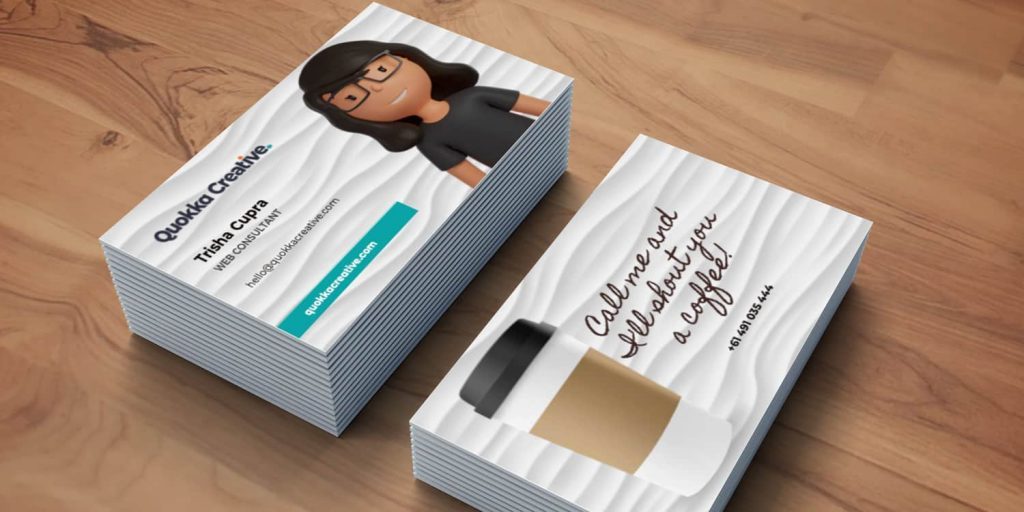How to create a business card that won’t get thrown away
Business cards are important marketing collateral. But what should you put on a business card — especially on the reverse side?
This is what I explain in my full article.
In a nutshell
Here’s what to include on the front of your card:
- Your full name
- Your business’ location
- Your email address
- Your phone numbers
- Your website’s address
- Your fax number — if you still have one of those ancient relics
What about the back of your card?
A good reason for using the reverse of a business card is that blank space doesn’t sell anything. Here are some ideas:
- Provide a list of the services you provide. This is what many business owners put on the reverse. It’s better than nothing, but any of the ideas below will be even better in achieving the card’s objectives.
- State your Guarantee to help counter objections and encourage people to contact you.
- A call to action to entice the prospect to contact you, e.g. a special offer.
- A free coffee voucher: e.g. “Call me and I’ll shout you a coffee!”
- Details of a free ebook or checklist downloadable from your website.
- Promote your newsletter and the benefits of receiving it.
- Turn your card into a referral card.
- A map, calendar or useful chart or cheat sheet makes your card a keeper.
- Promote a book or ebook you’ve written, to demonstrate your expertise.
- If you’re a photographer or artist, turn your card into a mini-portfolio.
- Something funny, memorable, or humorous.
- Your favourite quote or saying that relates to your business.
Imagine how much more memorable, unique and enticing your business card would be with any of those things! Business cards may be small, but they’re vital… and they don’t have to be boring. Get yours to STAND OUT!
Read the entire article with lots of examples here.

Honesty is the best policy
Integrity and honesty are vital for small businesses. Therefore, if you have a problem, keep your customers in the loop. Let them know how you will resolve it, and inform them of the outcome.
Honesty instils trust; your clients will feel that they’re in good hands, and they can refer business to you knowing that you’ll look after their contacts with care.
